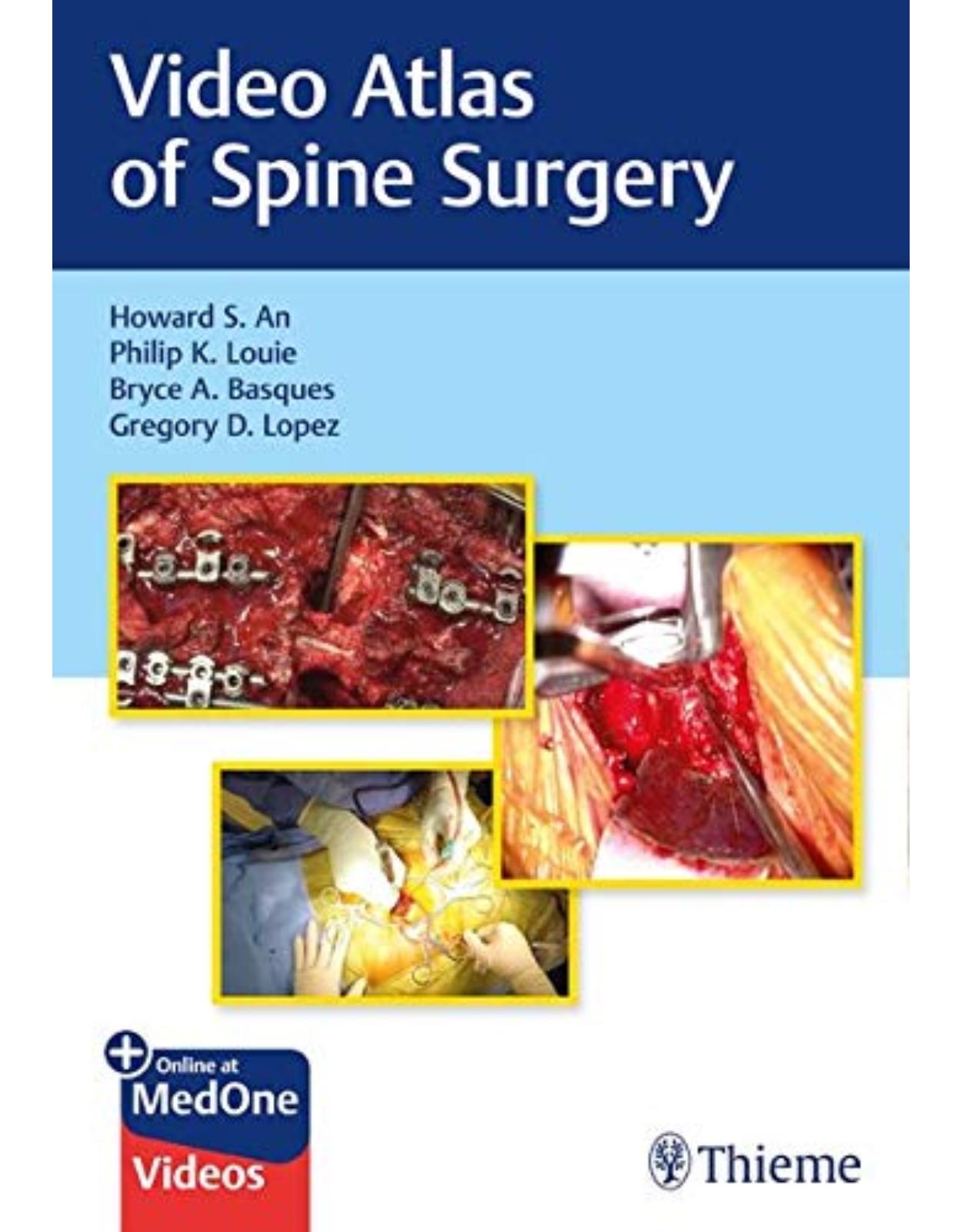
Video Atlas of Spine Surgery
Livrare gratis la comenzi peste 500 RON. Pentru celelalte comenzi livrarea este 20 RON.
Disponibilitate: La comanda in aproximativ 4 saptamani
Editura: Thieme
Limba: Engleza
Nr. pagini: 248
Coperta: Hardcover
Dimensiuni: 25.4 x 17.78 cm
An aparitie: 3 Jun. 2020
Description:
A high-yield and comprehensive text-and-video resource for managing commonly encountered spinal conditions
Spine surgery has experienced several paradigm shifts during the past few decades, with highly complex techniques introduced at an astoundingly rapid pace. In order for new generations of spine surgeons to stay current and thrive in this innovative era of spine surgery, access to diverse multimedia learning tools is imperative. Video Atlas of Spine Surgery by renowned spine surgeon and educator Howard An and Rush University Medical Center colleagues Philip Louie, Bryce Basques, and Gregory Lopez, is a cutting-edge resource for non-operative and operative management of a diverse spectrum of cervical, thoracic, and lumbar spine conditions.
Consisting of 19 chapters, the text is streamlined to facilitate learning the most important steps for each procedure. The book begins with discussion of physical exam maneuvers used to accurately diagnose specific spinal pathologies. Subsequent chapters detail extensive spine surgery techniques for managing degenerative cervical and lumbar conditions. The remaining chapters cover spinal cord, cervical, and thoracolumbar injuries; idiopathic, degenerative, and early-onset scoliosis; kyphosis; spondylolisthesis; spinal infections and inflammatory disorders; and thoracic disc disorders.
Key Features:
Concise, bulleted text and consistent chapter outlines feature epidemiology and prevalence, pathogenesis, clinical presentation, image findings, classification, conservative and surgical management, techniques, postoperative care, and more
A myriad of meticulous diagrams and illustrations, spinal imaging and photographs, and 50 high-quality spine surgery videos maximize learning
Technical pearls, case examples, and board-style orthopaedic surgery questions at the end of each section optimize comprehension and retention of information
This remarkable resource is a must-have for orthopaedic and neurosurgery residents and fellows, as well as practicing spine surgeons.
Table of Contents:
1 Physical Examination
1.1 Introduction
1.2 History
1.2.1 Degenerative Spine Disorders
1.2.2 Spinal Deformity
1.3 Physical Examination
1.3.1 Inspection
1.3.2 Palpation
1.3.3 Movement
1.3.4 Neurological Examination
1.3.5 Special Tests
Suggested Readings
2 Patient Positioning—Spine Surgery
2.1 Introduction
2.2 Anterior Cervical Spine Positioning
2.3 Anterior Lumbar Spine Positioning
2.4 Lateral Thoracic and Lumbar Spine Positioning
2.5 Posterior Cervical
2.6 Posterior Thoracic and Lumbar Spine Positioning
2.7 Board-style Questions
3 Cervical Radiculopathy
3.1 Introduction
3.2 History and Examination
3.2.1 Differential Diagnosis
3.2.2 Diagnostic Imaging
3.2.3 Treatments
3.2.4 Outcomes
3.3 Case Examples
3.3.1 Case 1
3.3.2 Case 2
3.4 Board-style Questions
Suggested Readings
4 Cervical Myelopathy
4.1 Introduction
4.2 History
4.3 Physical Examination
4.4 Differential Diagnosis
4.5 Diagnostic Imaging
4.6 Treatment
4.7 Outcomes
4.8 Case Examples
4.8.1 Case 1
4.8.2 Case 2
4.9 Board-style Questions
References
5 Intervertebral Disc: Form, Biomechanics, Biology, and Pathology
5.1 Introduction
5.2 Anatomy and Biomechanics of the Intervertebral Disc
5.2.1 Disc Morphology and Composition
5.2.2 Extracellular Matrix of the Intervertebral Disc
5.2.3 Disc Biomechanics
5.2.4 Nutrient Supply to the Disc
5.3 Development of the Intervertebral Disc
5.3.1 Embryology of the Disc
5.3.2 Ontogeny of Disc Cells
5.4 Unique Biology of Intervertebral Disc Cells
5.5 Conclusion
5.6 Board-style Questions
References
Suggested Readings
6 Degenerative Disc Disease and the Herniated Nucleus Pulposus
6.1 Introduction
6.2 Pathogenesis of Disc Degeneration
6.3 Nomenclature of the Herniated Nucleus Pulposus
6.4 Clinical Presentation of Lumbar Degenerative Disc Disease and HNP
6.5 Imaging
6.6 Treatment of DDD
6.7 Treatments of Lumbar HNP
6.8 Case Examples
6.8.1 Case 1
6.8.2 Case 2
6.9 Board-style Questions
References
7 Lumbar Spinal Stenosis
7.1 Introduction
7.2 Pathogenesis
7.3 Clinical Presentation
7.4 Imaging Findings
7.5 Treatment
7.6 Expected Outcomes
7.7 Complications
7.8 Case Examples
7.8.1 Case 1
7.8.2 Case 2
7.9 Board-style Questions
References
Suggested Readings
8 Degenerative Spondylolisthesis
8.1 Introduction
8.1.1 Demographics
8.2 Pathogenesis
8.3 Clinical Presentation
8.3.1 Clinical Findings
8.4 Imaging Findings
8.5 Classification Systems
8.5.1 Wiltse Classification
8.5.2 Meyerding Classification
8.6 Treatment
8.6.1 Nonoperative Treatment
8.6.2 Indications for Surgery
8.6.3 Surgical Options
8.6.4 Postoperative Care
8.6.5 Expected Outcomes
8.7 Case Examples
8.7.1 Case 1
8.7.2 Case 2
8.7.3 Case 3
8.8 Board-style Questions
References
9 Spinal Cord Injury
9.1 Introduction
9.2 Spinal Cord Anatomy
9.3 Presentation
9.4 Injury Types
9.5 Surgical Intervention and Timing
9.6 Penetrating Injury
9.7 Imaging
9.8 Steroids
9.9 Venous Thromboembolism
9.10 Future Directions
9.11 Case Examples
9.11.1 Case 1
9.11.2 Case 2
9.12 Board-style Questions
References
10 Cervical Spine Injuries
10.1 Introduction to Demographics and Epidemiology/Prevalence
10.1.1 Introduction
10.1.2 Demographics and Mechanisms of Injury
10.2 Clinical Anatomy
10.2.1 Anatomy of the Upper Cervical Spine
10.2.2 Anatomy of the Lower Cervical Spine
10.3 Radiology
10.4 Clinical Presentation and Initial Management
10.5 Classification and Treatment
10.5.1 Upper Cervical Spine Injuries
10.5.2 Subaxial Cervical Spine Injuries
10.6 Surgical Techniques
10.6.1 Atlantoaxial fixation
10.6.2 C2 Fixation Options
10.6.3 Lateral Mass Screws
10.7 Case Examples
10.7.1 Case 1
10.7.2 Case 2
References
11 Thoracolumbar Spine Injuries
11.1 Introduction, Demographics, and Epidemiology/Prevalence
11.2 Functional Anatomy
11.3 Mechanisms of Injury
11.3.1 Axial Compression
11.3.2 Extension/Flexion/Distraction
11.3.3 Rotational
11.3.4 Shear
11.3.5 Conus Medullaris and Cauda Equina Syndromes
11.4 Clinical Presentation and Initial Evaluation
11.5 Imaging Modalities and Findings
11.5.1 Standard Radiographs (X-ray)
11.5.2 Computed Tomography (CT)
11.5.3 Magnetic Resonance Imaging (MRI)
11.5.4 CT-Myelography (for those with Contraindications to MRI)
11.6 Classification Systems
11.6.1 AO Classification System
11.6.2 Thoracolumbar Injury Classification System (TLICS)
11.6.3 AOSpine Injury Score
11.6.4 Classification of Spinal Cord Injury: The ASIA Impairment Scale
11.7 Treatment
11.7.1 Conservative Treatment
11.7.2 Indication for Surgery
11.7.3 Surgical Options with Advantages/Disadvantages of Each Option
11.7.4 Surgical Techniques and Postoperative Care
11.7.5 Expected Outcomes (Based on Recent Literature)
11.8 Pearls
11.8.1 Cauda Equina (CES) and Conus Medullaris Syndrome (CMS)
11.8.2 Osteoporotic Populations
11.8.3 Multiple Vertebral Fractures
11.8.4 Lack of High-Quality Scientific Evidence in Management
11.8.5 Consider the Patient Preference
11.8.6 Methylprednisone in the Setting of SCI
11.8.7 Neurogenic Shock
11.8.8 If All Else Fails, Consider the Clinical Manifestations
11.9 Board-style Questions
References
Suggested Readings
12 Adolescent Idiopathic Scoliosis
12.1 Introduction
12.2 History and Examination
12.3 Differential Diagnosis
12.4 Diagnostic Imaging
12.5 Classification
12.6 Treatment
12.6.1 Bracing
12.6.2 Surgical Treatment
12.7 Case Examples
12.7.1 Case 1
12.7.2 Case 2
12.8 Board-style Questions
References
13 Adult Degenerative Scoliosis
13.1 Introduction
13.2 History and Examination
13.3 Extraspinal Differential Diagnosis
13.4 Diagnostic Imaging
13.5 Treatment
13.5.1 Nonsurgical Treatment Options
13.5.2 Surgical Treatment Options
13.6 Outcomes
13.7 Case Example
References
14 Kyphosis and Sagittal Plane Deformities of the Thoracolumbar Spine
14.1 Introduction
14.2 History and Examination
14.3 Differential Diagnosis
14.4 Diagnostic Imaging
14.5 Treatments
14.6 Outcomes and Complications
14.7 Case Examples
14.7.1 Case 1
14.7.2 Case 2
14.8 Board-style Questions
References
15 Isthmic Spondylolisthesis
15.1 Introduction
15.2 History and Physical Examination
15.3 Differential Diagnosis
15.4 Diagnostic Imaging
15.5 Classification
15.6 Treatment and Outcomes
15.7 Case Examples
15.7.1 Case 1
15.7.2 Case 2
15.7.3 Case 3
15.8 Board-style Questions
References
16 Spinal Infections
16.1 Introduction
16.2 Spinal Epidural Abscess (SEA)
16.2.1 Pathogenesis
16.2.2 Clinical Presentation
16.2.3 Diagnosis
16.2.4 Treatment
16.3 Vertebral Discitis and Osteomyelitis
16.3.1 Pyogenic Vertebral Osteomyelitis
16.3.2 Granulomatous Vertebral Osteomyelitis
16.4 Case Examples
16.4.1 Case 1
16.4.2 Case 2
16.4.3 Case 3
16.5 Board-style Questions
References
17 Inflammatory Spinal Disorders
17.1 Introduction
17.2 Ankylosing Spondylitis
17.2.1 History and Examination
17.2.2 Differential Diagnosis
17.2.3 Diagnostic Imaging
17.2.4 Treatment
17.3 Enteropathic, Psoriatic, and Reactive Arthritis
17.3.1 History and Examination
17.3.2 Differential Diagnosis
17.3.3 Diagnostic Imaging
17.3.4 Treatment
17.4 Rheumatoid Arthritis
17.4.1 History and Examination
17.4.2 Differential Diagnosis
17.4.3 Diagnostic Imaging
17.4.4 Treatment
17.5 Diffuse Idiopathic Skeletal Hyperostosis
17.5.1 History and Examination
17.5.2 Differential Diagnosis
17.5.3 Diagnostic Imaging
17.5.4 Treatment
17.6 Paget’s Disease
17.6.1 History and Examination
17.6.2 Differential Diagnosis
17.6.3 Diagnostic Imaging
17.6.4 Treatment
17.7 Other Inflammatory Spine Disorders
17.7.1 Oligoarthritis
17.7.2 Gout and Pseudogout
17.7.3 Synovitis, Acne, Pustulosis, Hyperostosis, and Osteitis Syndrome
17.7.4 Ochronosis (Alkaptonuria)
17.7.5 Additional Inflammatory Disorders
17.8 Conclusion
17.9 Case Examples
17.9.1 Case 1
17.9.2 Case 2
17.9.3 Case 3
17.9.4 Case 4
17.9.5 Case 5
17.9.6 Case 6
17.9.7 Case 7
17.10 Board-style Questions
References
18 Management of Early Onset Scoliosis
18.1 Introduction
18.2 History and Examination
18.3 Diagnostic Imaging
18.4 Treatments
18.5 Outcomes
18.6 Case Example
18.7 Board-style Questions
References
19 Thoracic Disc Disorders
19.1 Introduction
19.2 Pathogenesis
19.3 Clinical Presentation
19.4 Imaging Findings
19.5 Classification Systems
19.6 Treatment
19.6.1 Conservative Treatment
19.6.2 Indications for Surgery
19.6.3 Surgical Considerations
19.6.4 Surgical Techniques and Postoperative Care
19.7 Outcomes
19.8 Case Example
19.9 Board-style Questions
References
Index
Additional MedOne Information
| An aparitie | 3 Jun. 2020 |
| Autor | Howard S. An , Philip K. Louie , Bryce Basques , Gregory Lopez |
| Dimensiuni | 25.4 x 17.78 cm |
| Editura | Thieme |
| Format | Hardcover |
| ISBN | 9781684200054 |
| Limba | Engleza |
| Nr pag | 248 |

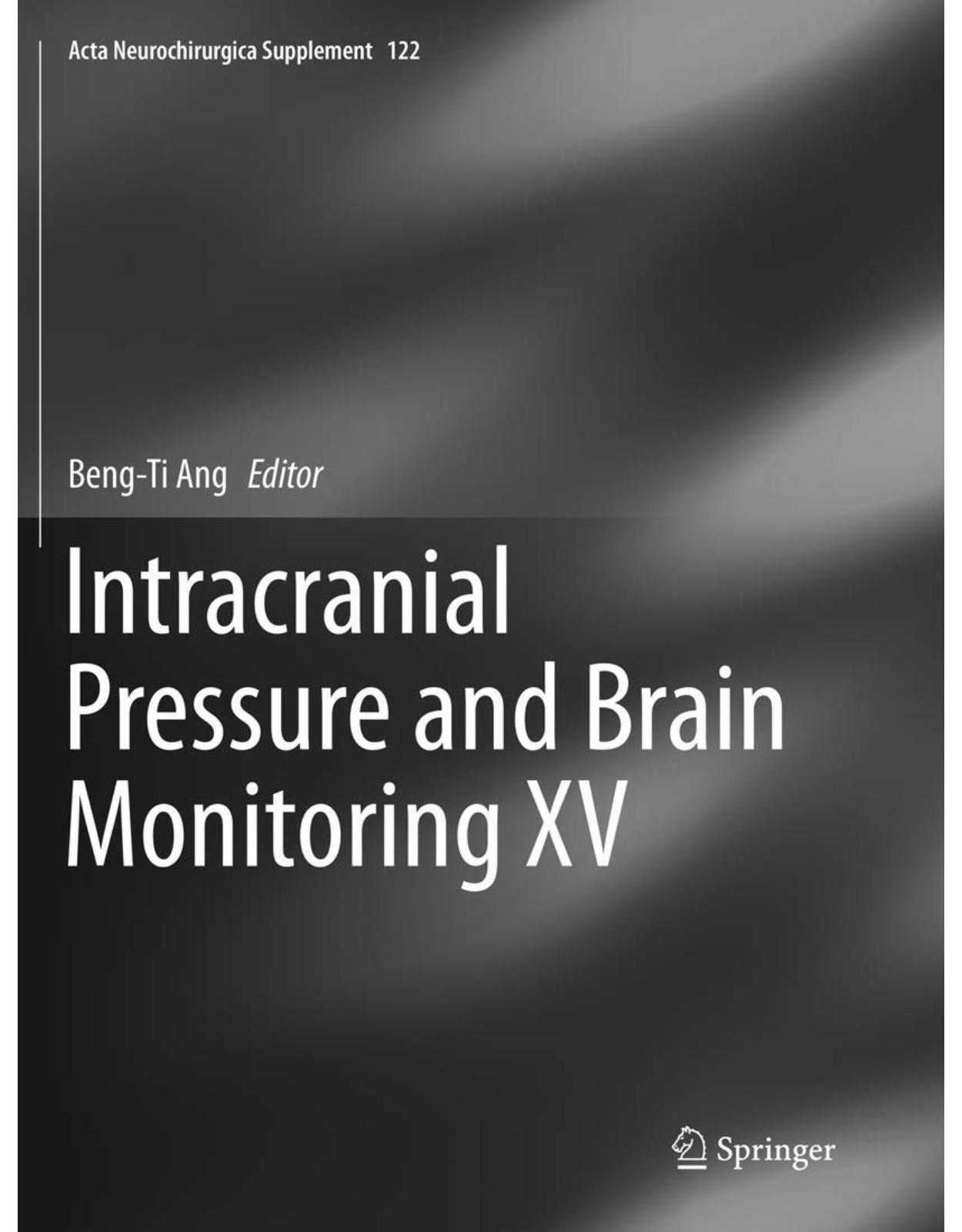
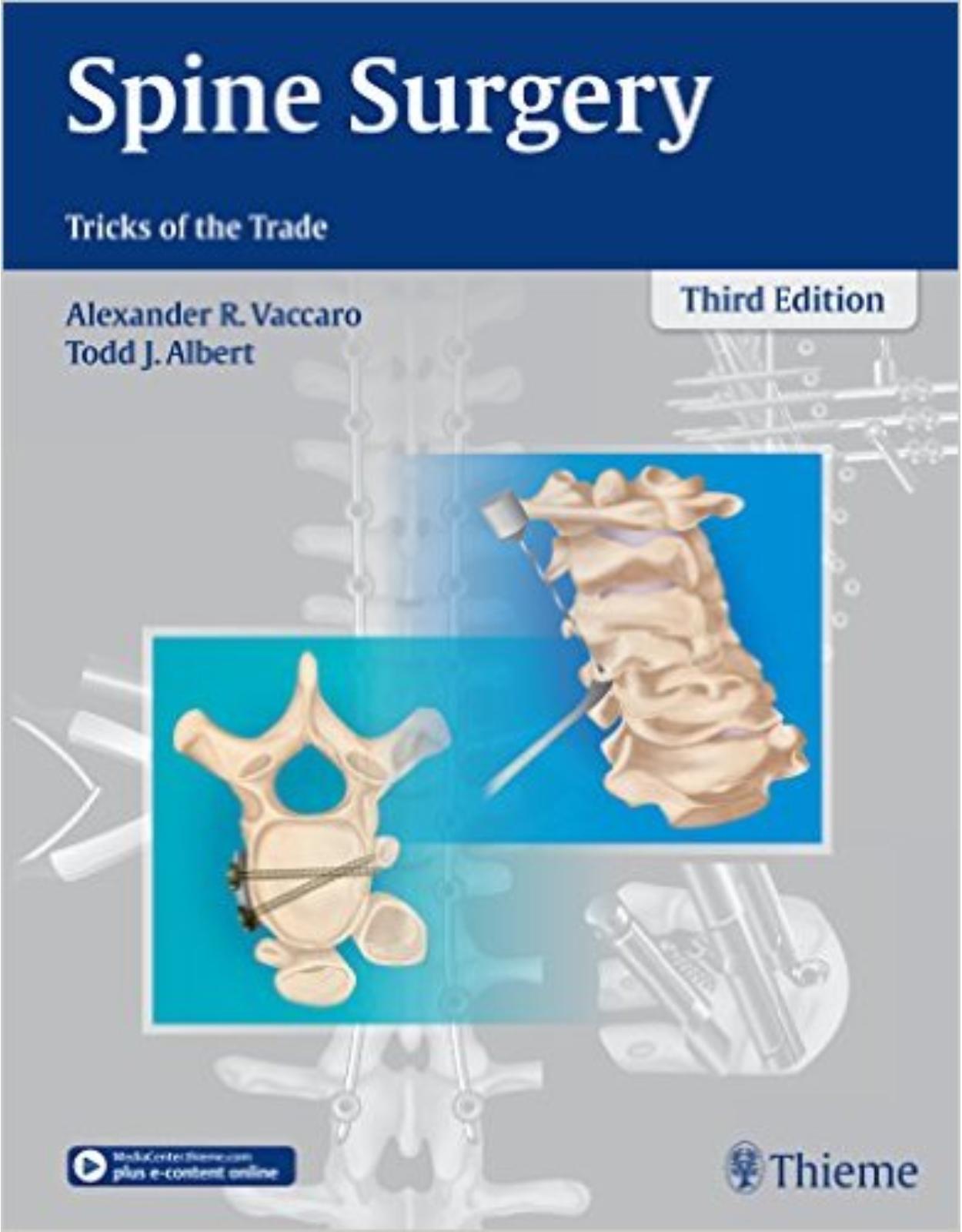
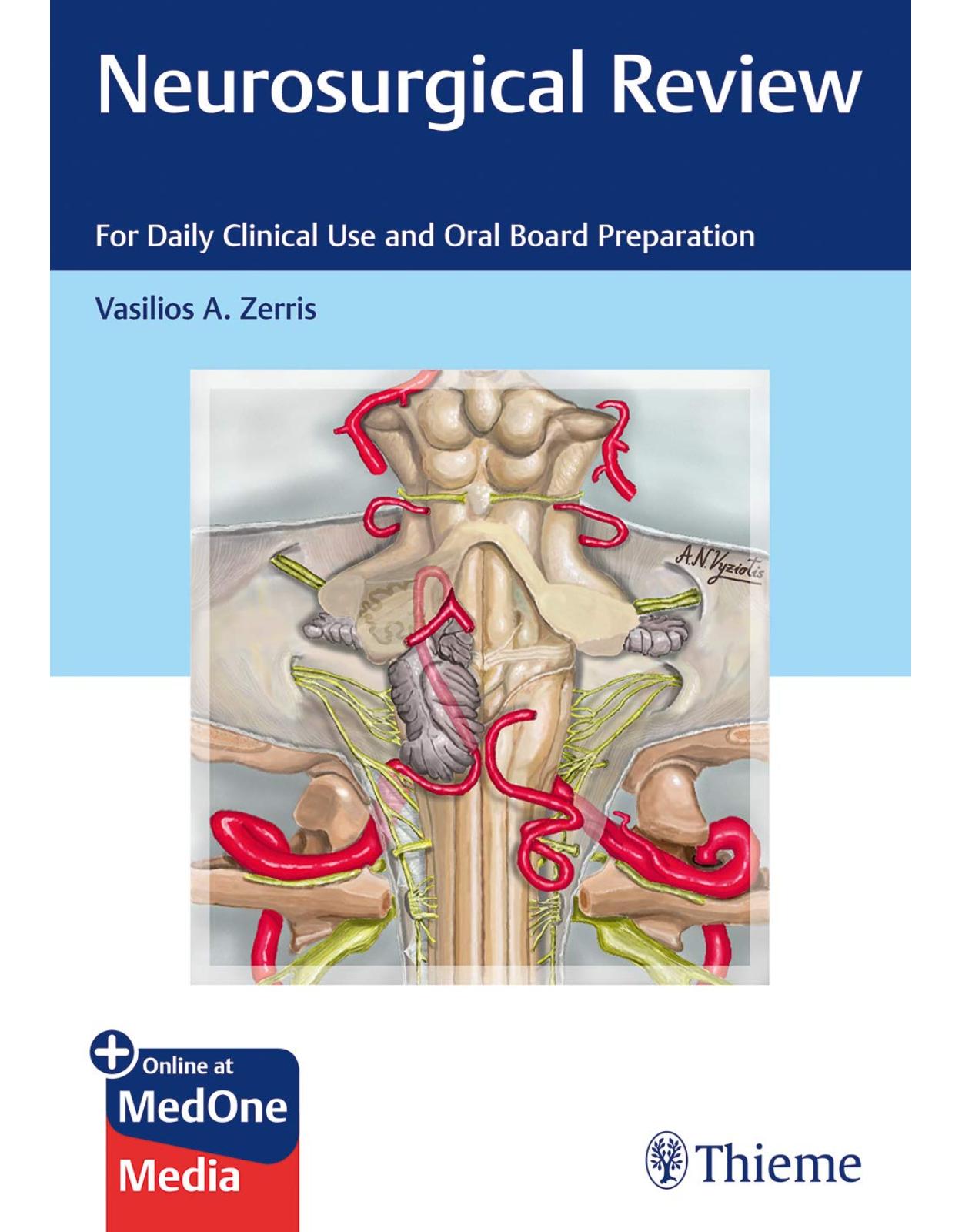
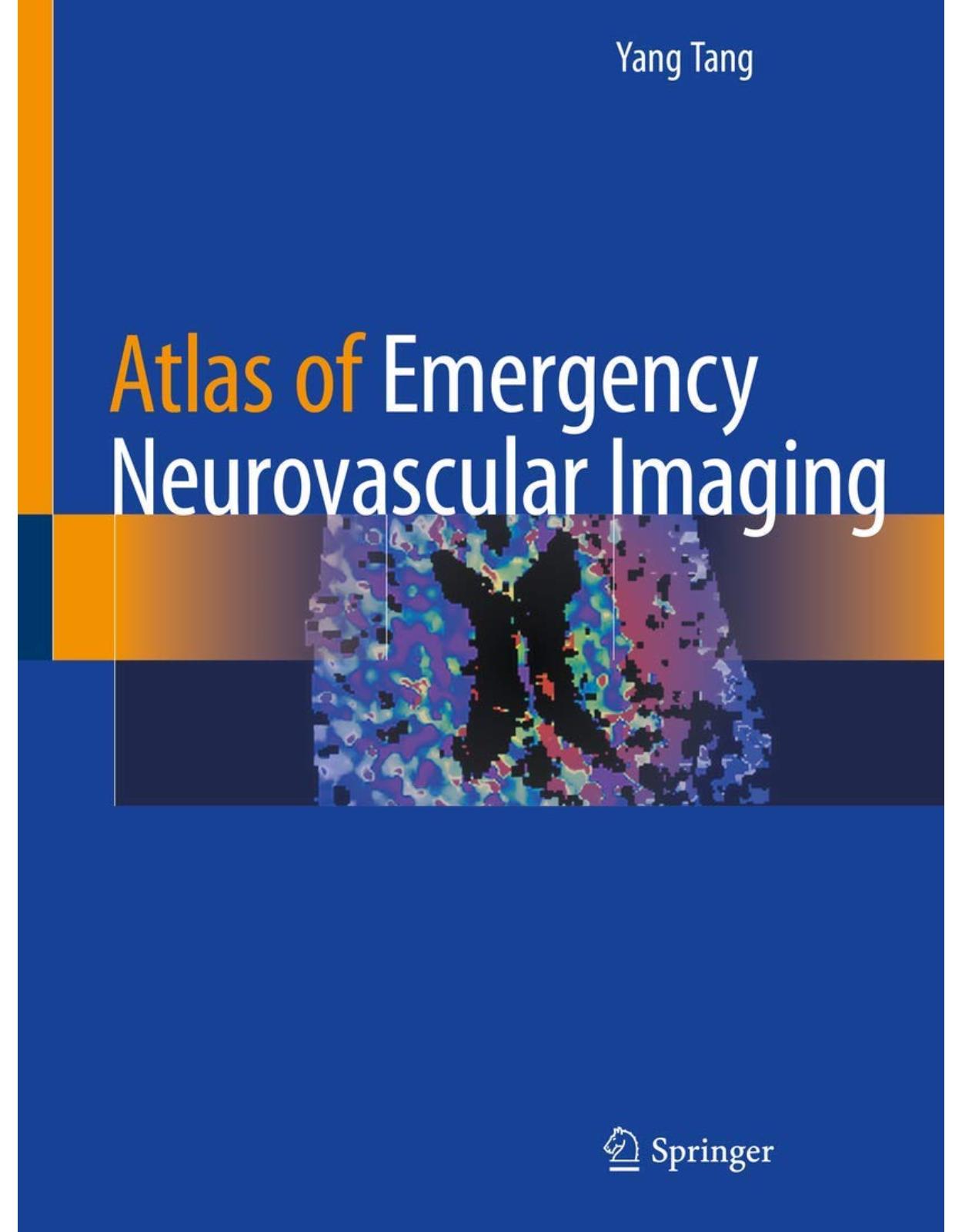
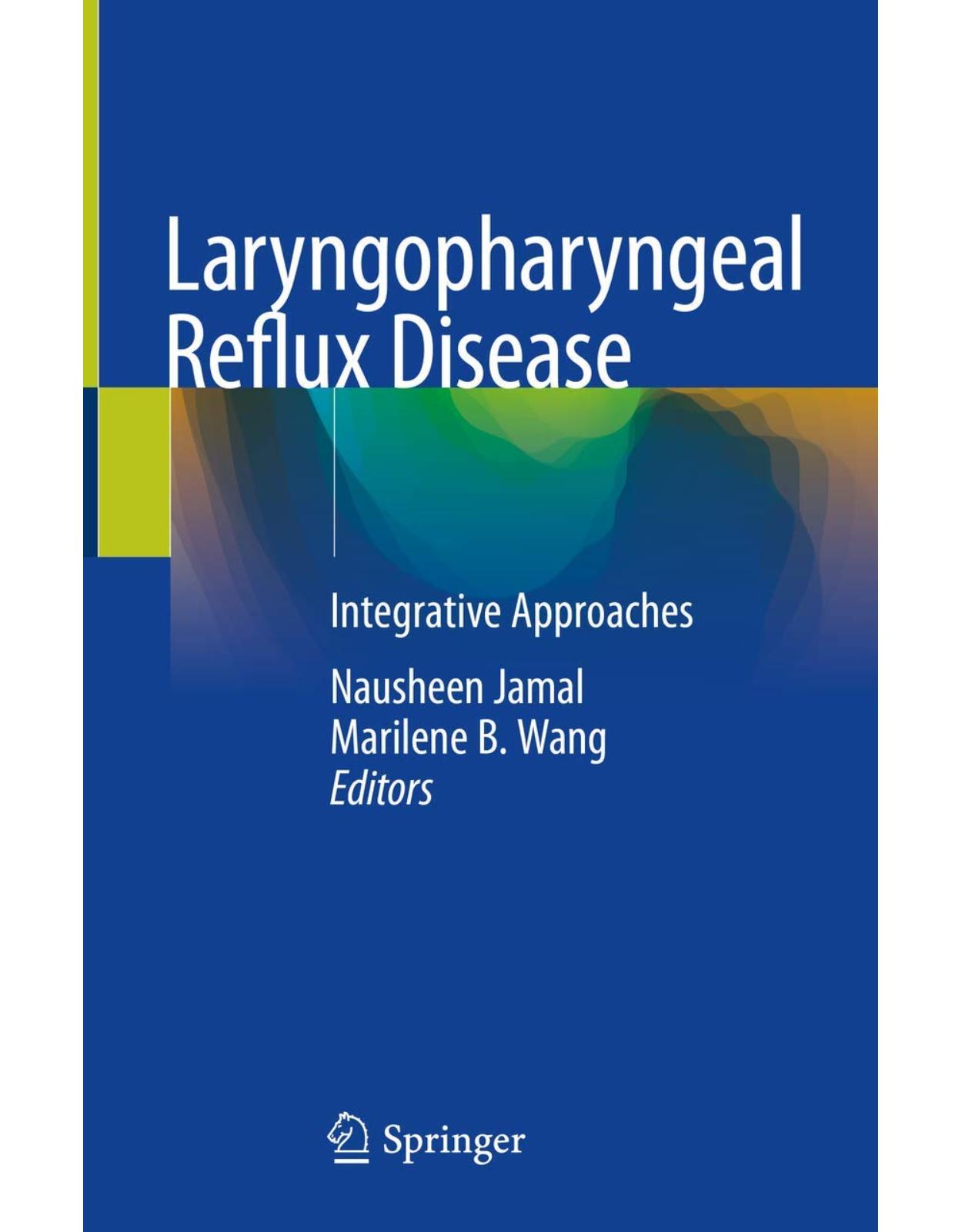
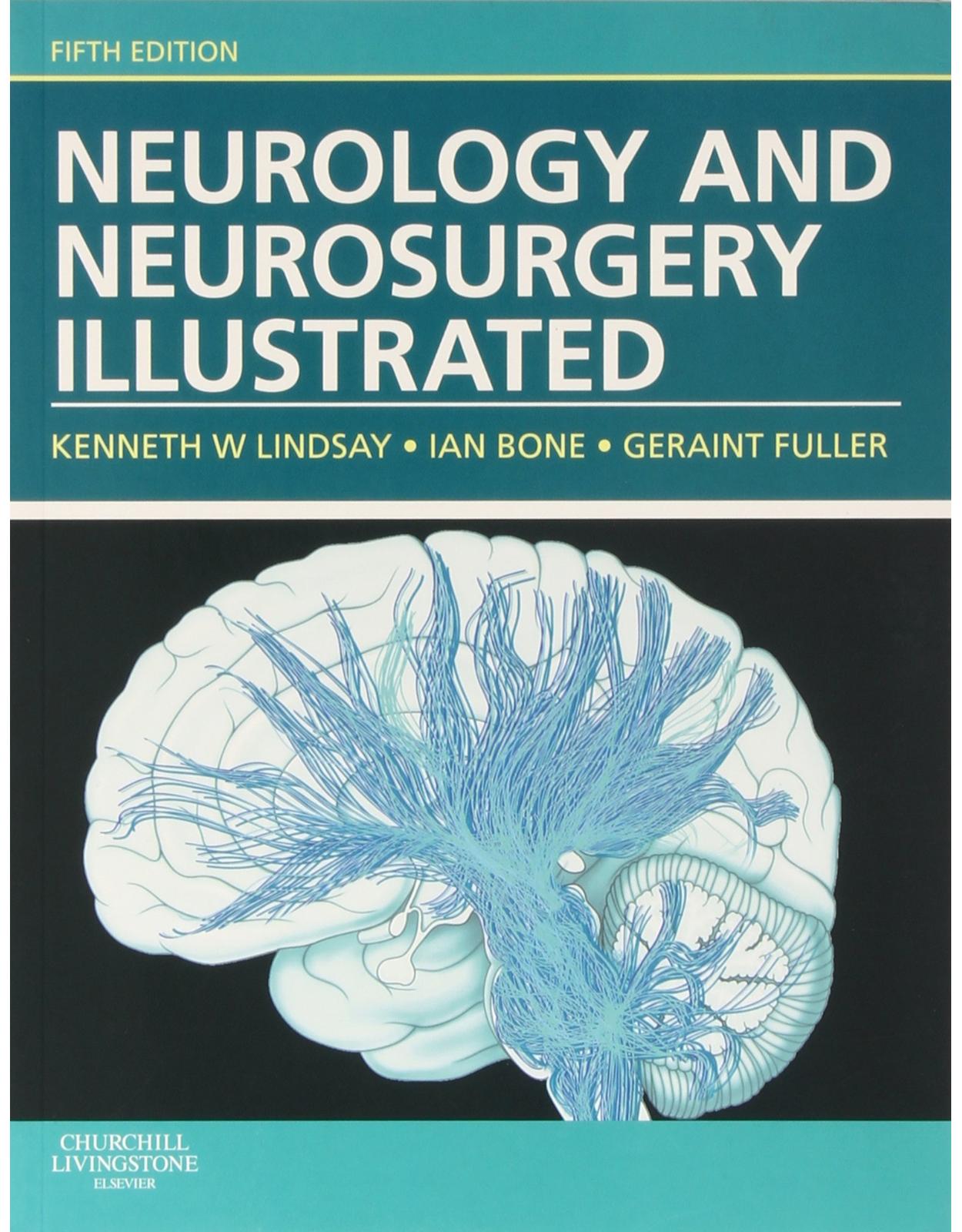
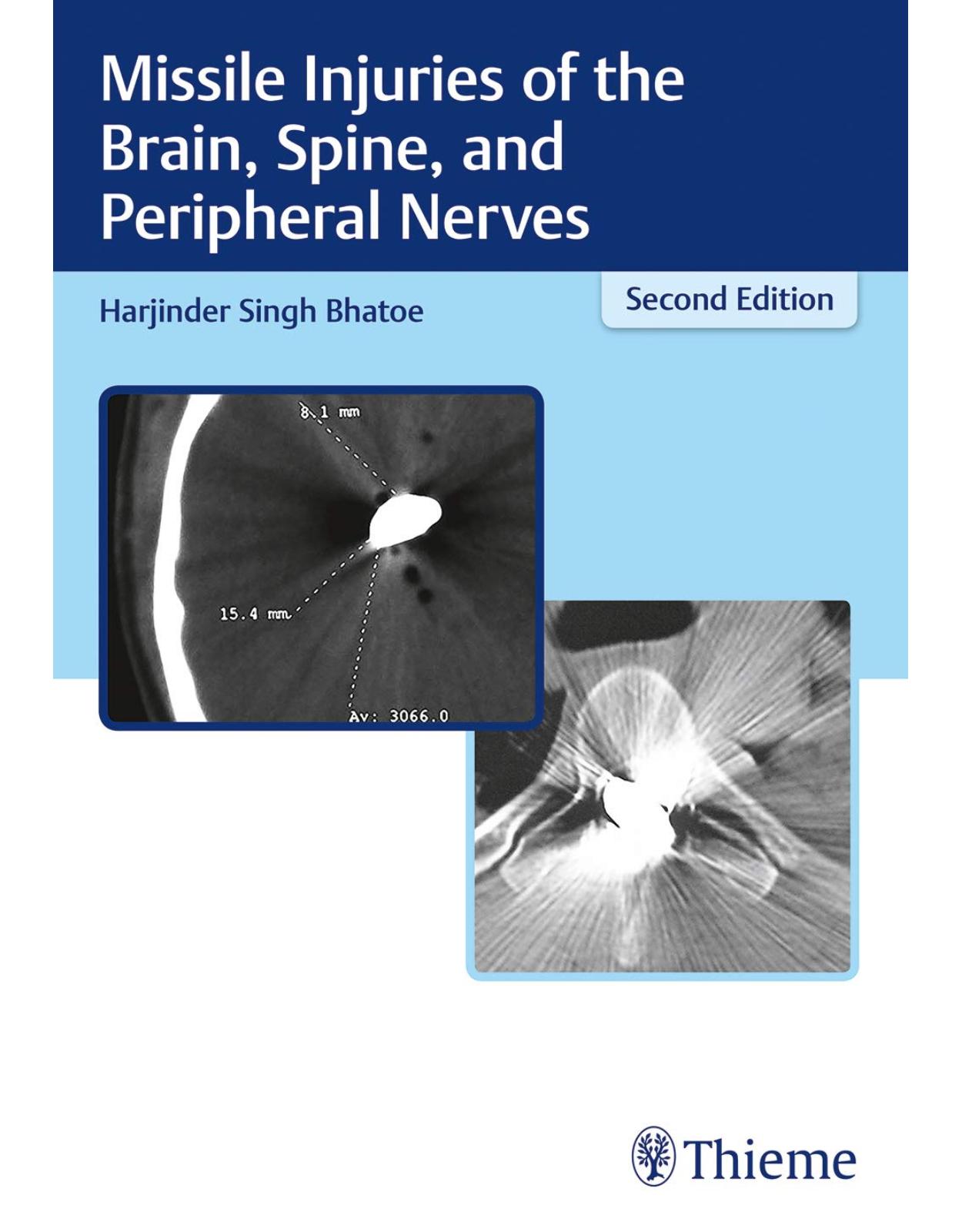
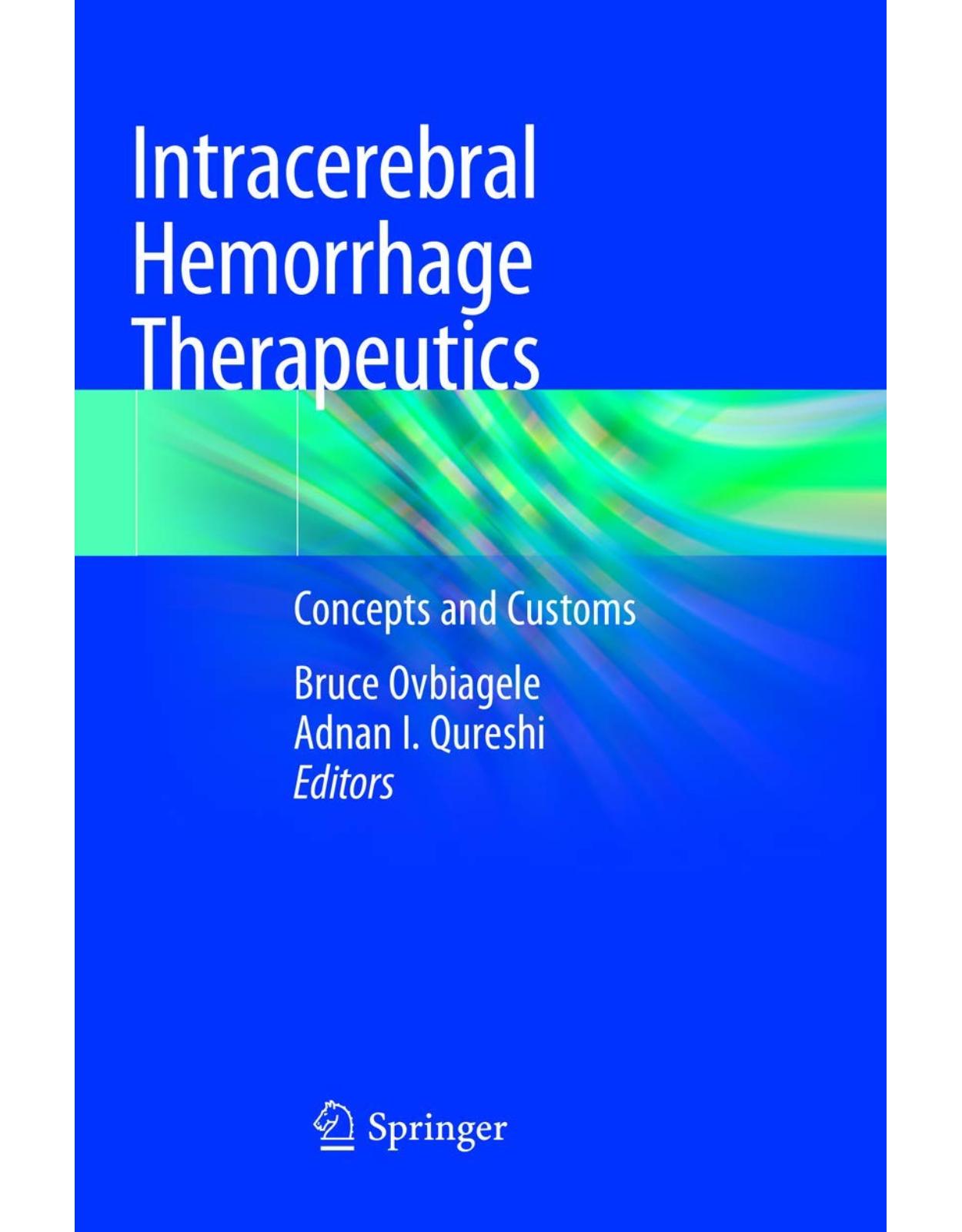
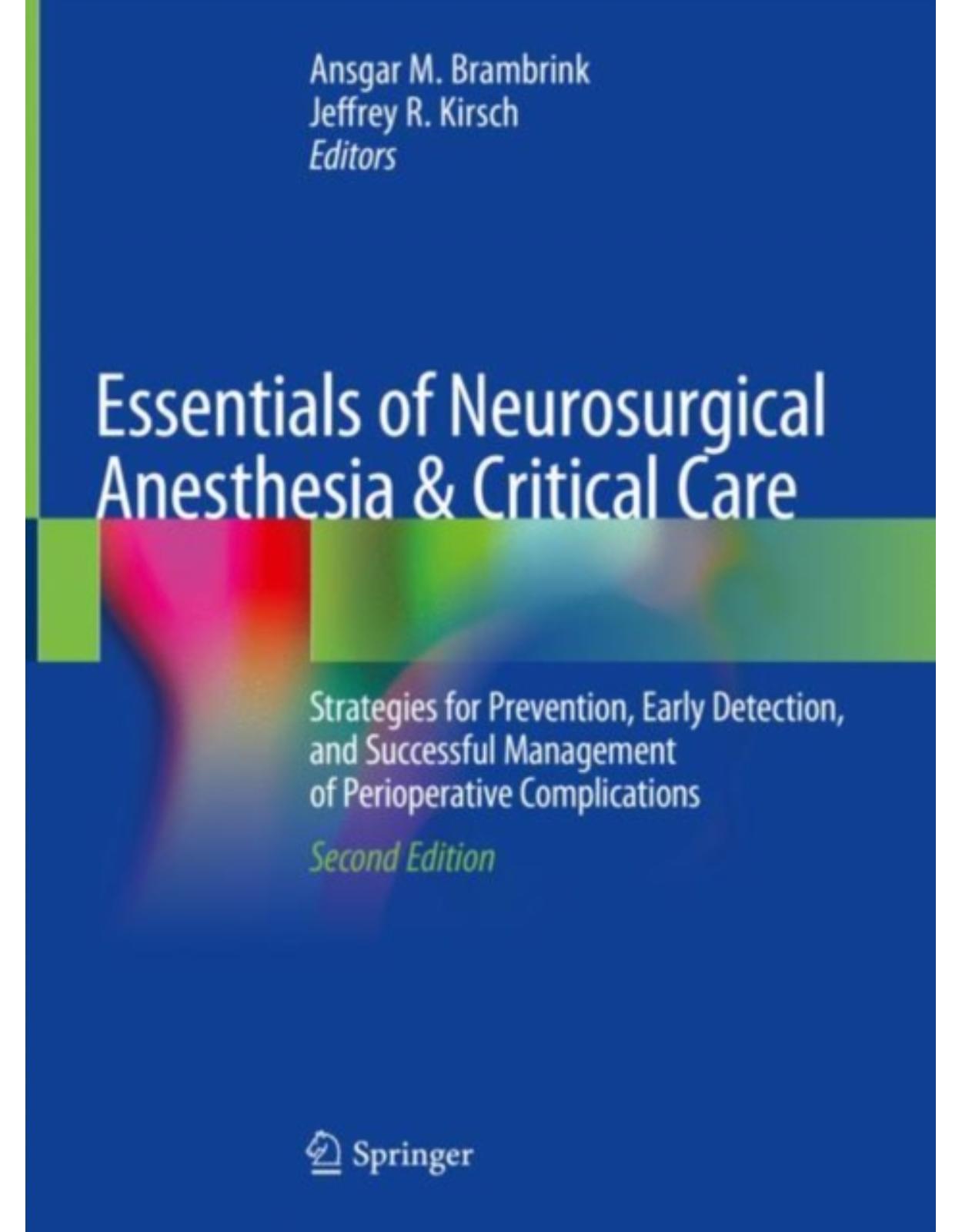
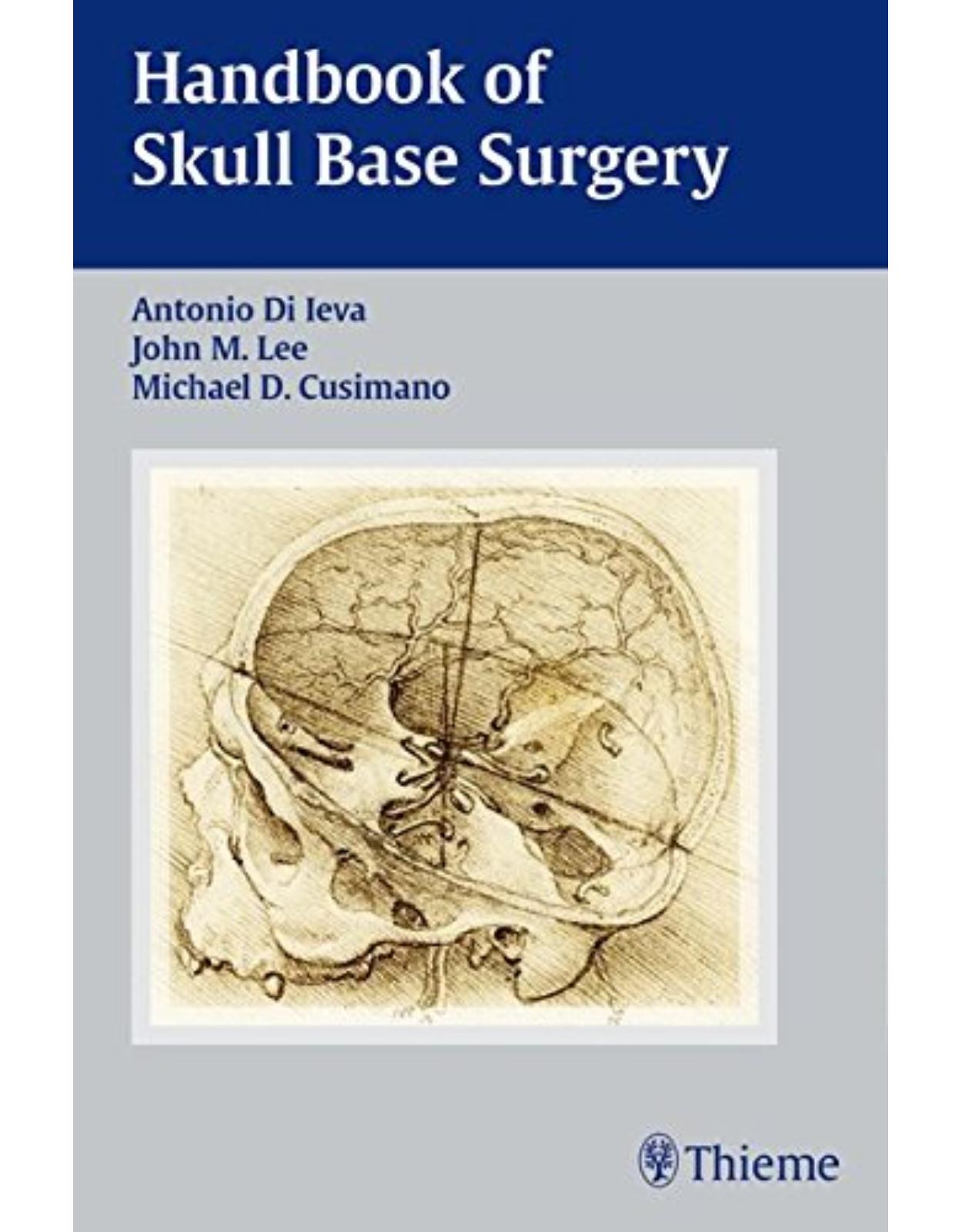
Clientii ebookshop.ro nu au adaugat inca opinii pentru acest produs. Fii primul care adauga o parere, folosind formularul de mai jos.